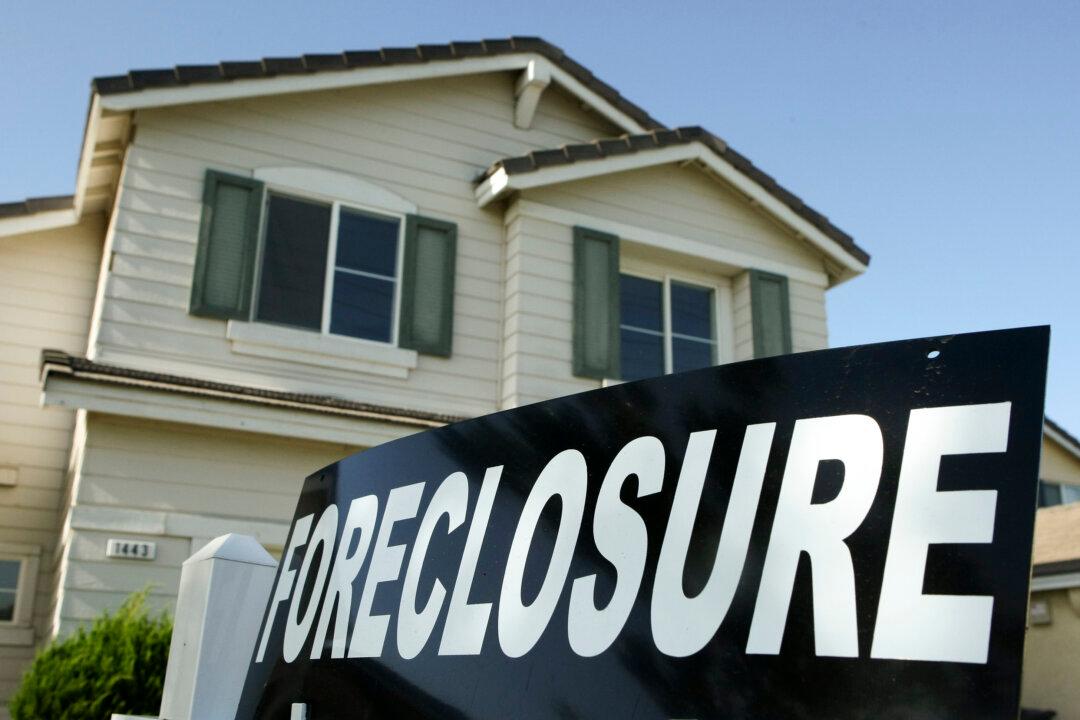The number of properties foreclosed in March as well as the first quarter of this year registered an increase amid elevated interest rates, according to real estate data company ATTOM.
“While levels remain below historical averages, the quarterly growth suggests that some homeowners may be starting to feel the pressure of ongoing economic challenges. However, strong home equity positions in many markets continue to help buffer against a more significant spike in distress.”
The rise in foreclosure filings for the first quarter came as mortgage rates continued to remain elevated, putting pressure on homeowners.
High mortgage rates can raise monthly payments for certain homeowners, like those who have taken loans at variable rates. This could squeeze them financially, potentially pushing some into foreclosures.
Among the 225 metropolitan statistical areas with a population of at least 200,000 people, Columbia, South Carolina, saw the highest foreclosure rate in the first quarter.
This was followed by Lakeland, Florida; Bakersfield, California; Riverside, California, and Chico, California, rounding up the top five.
Some rate relief for homeowners may be coming.
Foreclosure Policies
Trump administration agencies have taken several actions regarding property foreclosures.“President Trump has chosen to put the 15,000 veterans using the VASP program at financial risk and end a program that could help nearly 80,000 veterans who are in danger of foreclosure,” he said. “Veterans and their families rely on the VASP program to avoid housing insecurity and homelessness.”
They said the program was created for political purposes by the prior Biden administration to undercut the VA Home Loan program.
“Since 1943, the VA home loan program has helped millions of veterans, and their families, own a home. The Biden-Harris administration wrongfully jeopardized the future of this benefit by allowing billions of dollars to be used towards bailouts for lenders by creating the VASP program,” the lawmakers said in a statement.
“We—along with many of our colleagues—had serious concerns about the impact VASP would have on not only the future of VA’s home loan program, but the mortgage lending business as a whole. Today, the Trump administration rightfully put an end to VA’s VASP program.”
The hurricanes affected parts of Florida, North Carolina, South Carolina, Tennessee, Georgia, and Virginia.
The moratorium prohibits mortgage services from starting or completing foreclosure actions on FHA-insured single-family forward or Home Equity Conversion mortgages in presidentially-declared major disaster areas (PDMDAs) resulting from Hurricanes Helene and Milton.
This 90-day moratorium will remain in effect until July 10 and is the second extension of the moratorium. The first moratorium expired on April 11. FHA insures more than a million single-family mortgages in the Milton and Helene PDMDAs.







